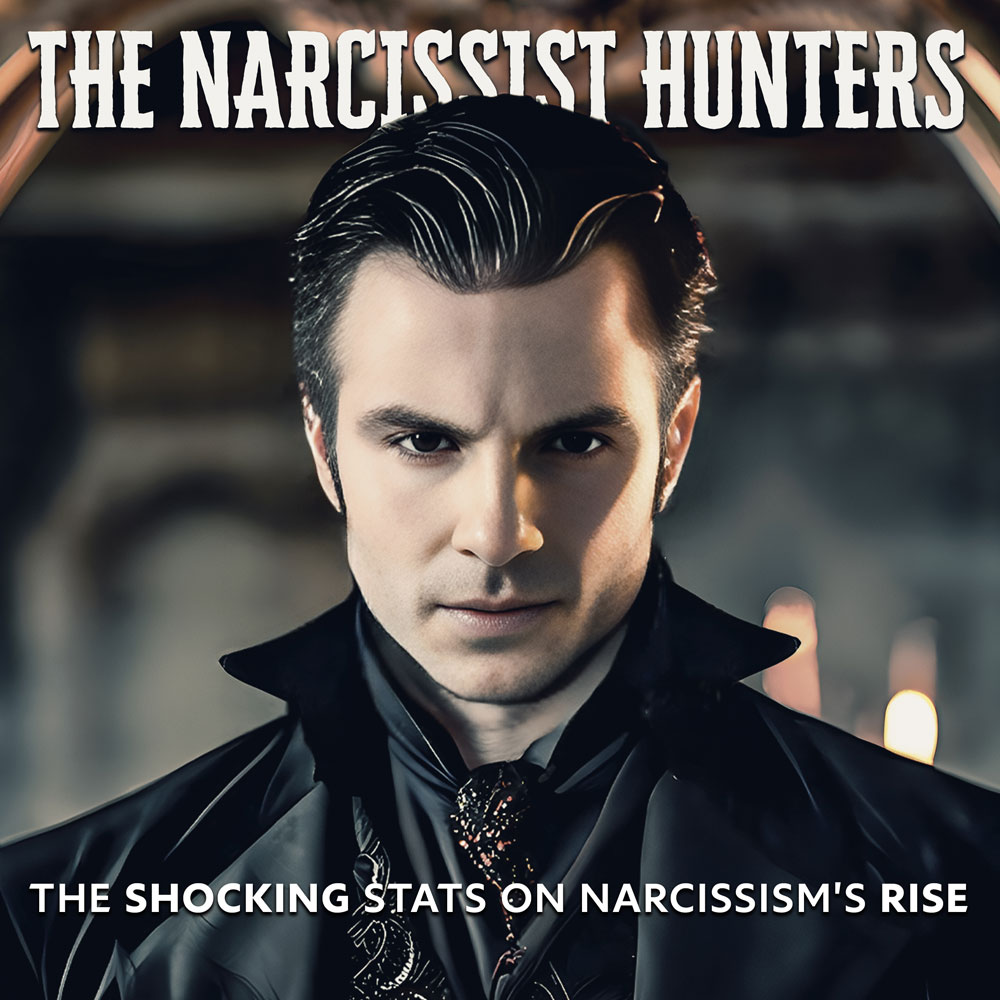Understanding Narcissism: Is 5% Really the Whole Picture?
Narcissism has become a popular topic, especially with the growth of social media. Statistics often claim that 5% of the population has Narcissistic Personality Disorder (NPD), but how reliable is that figure? Many question its accuracy, as narcissists often fail to recognize their condition, and few seek therapy. Let’s take a closer look at this statistic, the real extent of narcissism, and its impact on individuals and relationships.
Questioning the 5% Statistic
It’s often said that 5% of the population are narcissists, but how accurate is that number? If narcissists don’t typically recognize their own condition and are unlikely to seek therapy, how can we be sure of the count? There’s very little transparency about how this figure is calculated, which raises doubts.
When someone has NPD, one of their defining traits is a lack of self-awareness. Narcissists often convince themselves they are good people and project their problems onto others. Because they rarely seek therapy, and when they do, it’s usually for symptoms like depression or anxiety, many remain undiagnosed. This brings up an important question: how are these individuals being counted in the first place?
The Hidden Reality of Narcissism
If the 5% figure is an underestimation, the real percentage could be much higher. This is troubling because it suggests that more people than we realize may be living with narcissism, without knowing or acknowledging it. Even more unsettling is the potential for undiagnosed narcissists to inflict emotional, mental, or even physical harm on others.
People who have dealt with narcissists, whether in personal or professional settings, know how damaging those relationships can be. They can leave victims feeling confused, hurt, and psychologically scarred. If the number of narcissists is truly undercounted, that means many people are unknowingly caught in abusive dynamics, unable to protect themselves from the harm narcissists can cause.
Why Are Therapists Missing Narcissism?
Another issue that arises is whether therapists are missing the signs of NPD. Since narcissists don’t usually present their true selves in therapy, and may instead focus on related symptoms like anxiety, therapists can sometimes fail to diagnose the root problem. This could be due to a lack of specialized training or, in some cases, an unwillingness to confront a narcissist for fear that they’ll stop therapy altogether.
Some experts, like Dr. Ramani Durvasula, suggest that the real number of narcissists may be closer to 20% of the population. If this higher figure is closer to reality, it means that narcissism is a far more common problem than previously thought.
The Role of Social Media in Narcissism
The rise of social media has played a significant role in fueling narcissistic tendencies. Social media platforms allow people to carefully craft their public personas, presenting only the best parts of their lives. Narcissists thrive in this environment because they can display a false image of perfection without the effort of maintaining it in real life.
This curated self-presentation can mislead others, especially those who are genuinely working on self-improvement or personal healing. Many feel disheartened when they compare their messy, real-life struggles to the polished images narcissists put online.
How to Protect Yourself from Narcissists
One lesser-known tactic narcissists may use is becoming “spirit monitors.” These are people who follow you on social media, yet never engage or show support. They may watch your every move but never like or comment on your posts. While this behavior doesn’t necessarily confirm narcissism, it’s a red flag. If someone in your life fits this description, it may be worth distancing yourself from them to protect your energy.
Conclusion: Rethinking the Numbers
The idea that 5% of the population are narcissists may be an underestimation. As experts like Dr. Ramani and Richard Grannon suggest, the real number may be much higher, possibly around 20%. With so many undiagnosed individuals, it’s crucial to spread awareness, invest in more research, and equip people with the tools to recognize and deal with narcissistic behaviors.
Narcissism is more than just a personality trait—it’s a disorder that can have far-reaching consequences for both the individual and the people around them. Understanding it better and challenging outdated statistics may be the first step in minimizing its impact.

